#ernest rutherford
Explore tagged Tumblr posts
Text
1932

1938

1945

#Manhattan Project#enrico fermi#rad lab#Otto Hahn#lise meitner#fritz strassman#oppenheimer#j robert oppenheimer#j. robert oppenheimer#nuclear fission#fission#nuclear#scientists#physicists#niels bohr#ernest rutherford#edward teller#teller ede#ernest lawrence#los alamos#minecraft#minecraft achievements
29 notes
·
View notes
Text

Rutherfordium is named after Ernest Rutherford, discoverer of the half-life in radioactive elements. It's synthesized by bombarding plutonium with neon ions or californium with carbon ions.
12 notes
·
View notes
Text
Un uomo entrò in un negozio di tecnologia per comprare un’Intelligenza Artificiale
Il commesso gliene mostrò subito alcune.
La prima sapeva rispondere a poche domande e costava 100 dollari. La seconda sapeva cantare e raccontare storie e costava 200 dollari. Un modello ancora più avanzato, con un design spettacolare, era venduto a 500 dollari perché poteva interagire in diverse lingue.
L’ultima invece, era un’AI apparentemente anonima e dal design piuttosto spartano, aveva un prezzo di 10.000 dollari. “Diecimila dollari?!” esclamò l'acquirente. “Deve essere un sistema straordinario. In quante lingue comunica?” “Parla solo inglese,” rispose il negoziante. “Ah... be’, forse avrà allora un vocabolario incredibilmente vasto!” Il negoziante scosse la testa. “Sa almeno cantare o creare contenuti eccezionali?” “No, anzi, la maggior parte del tempo rimane in silenzio.” “Beh, farà qualche cosa di formidabile, no? Cosa diavolo ha di così prezioso questa Intelligenza Artificiale?” “Signore, questa Intelligenza Artificiale pensa.”
Parafrasando la storiella del pappagallo che Rutherford usò per spiegare a Bohr cosa avesse Dirac di tanto eccezionale, nonostante fosse un tipo particolarmente silenzioso (*).
#ai#agi#artificial intelligence#intelligenza artificiale#storiella#ernest rutherford#niels bohr#paul adrien maurice dirac#futuro
2 notes
·
View notes
Text

Rutherford and Bohr describe atomic structure
6 notes
·
View notes
Text

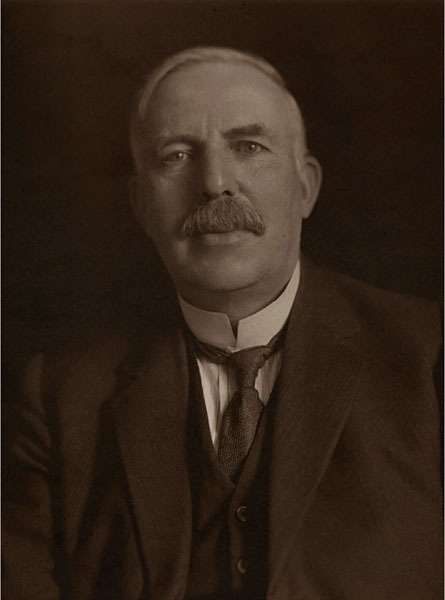
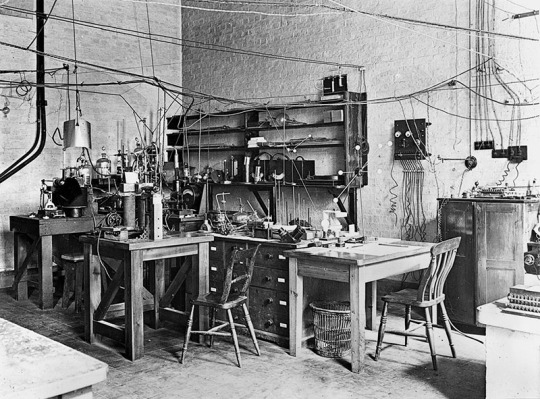
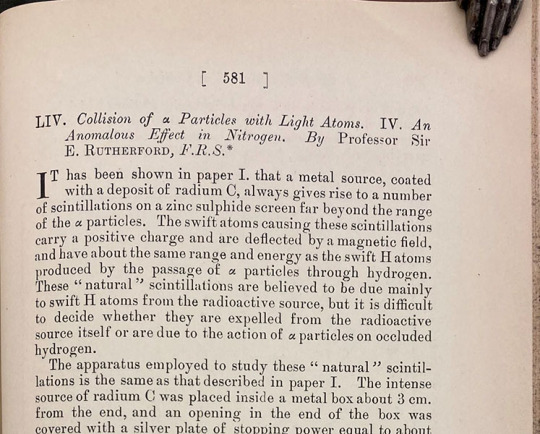
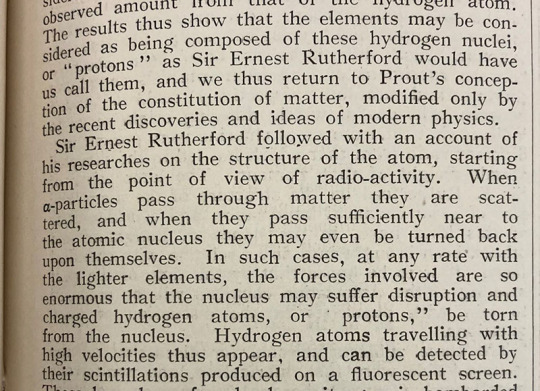
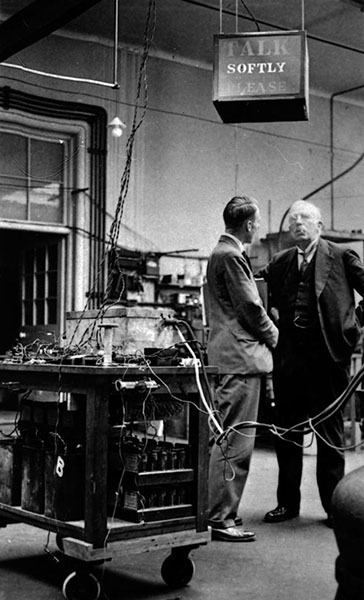

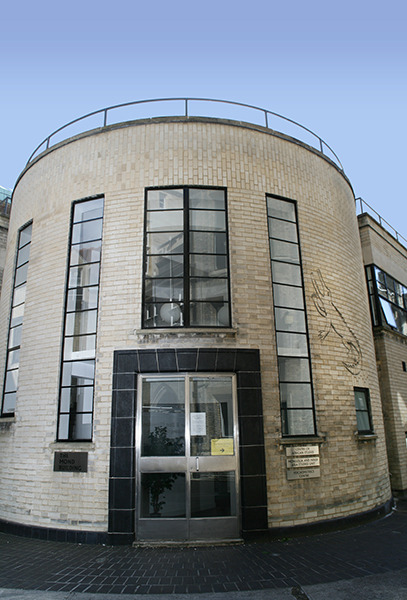
Ernest Rutherford – Scientist of the Day
Ernest Rutherford, a New Zealand physicist working in Canada and England, was born Aug. 30, 1871.
read more...
#Ernest Rutherford#atomic physics#proton#Cavendish Lab#histsci#histSTM#20th century#history of science#Ashworth#Scientist of the Day
15 notes
·
View notes
Text
Round 1.2: Oganesson (118) vs. Rutherfordium (104)
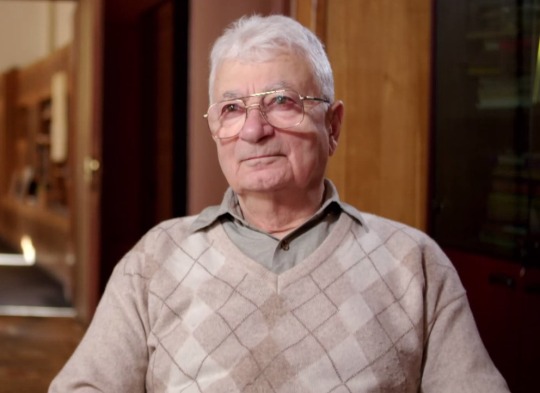
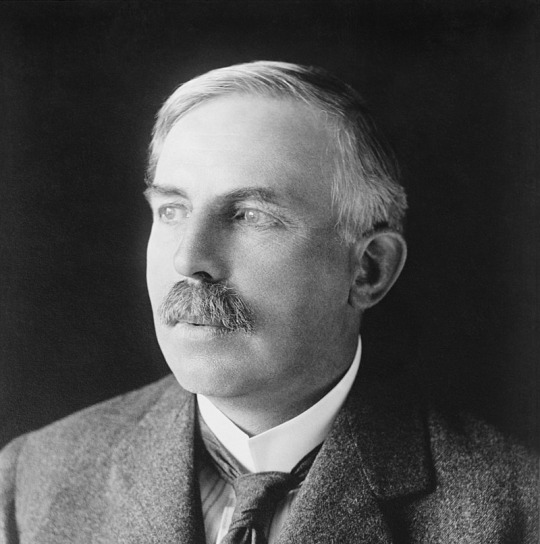
Oganesson (118)
Oganesson is an extremely radioactive, short-lived, superheavy element named for the still living nuclear physicist, Yuri Oganessian. A synthetic element, it has the highest atomic number of any discovered element and is technically a noble gas. With no research done on actual samples due to difficulty of production (only 6 or 7 atoms total ever), researchers still dispute whether it would be a solid or a gas in standard conditions, although solid appears to be the current consensus.
Rutherfordium (104)
Rutherfordium is a radioactive, short-lived, superheavy element named for the so-called father of nuclear physics, Ernest Rutherford. Most likely acting as a heavier homolog to Hafnium, Rutherfordium has had little research done on it.
pick an old man to fuck
#fuckable elements poll#oganesson#rutherfordium#ernest rutherford#yuri oganessian#which old man do YOU want to fuck?#I love reading about the naming controversies related to the superheavy elements#We could have had Kurchatovium#and Igor Kurchatov is something to look at
5 notes
·
View notes
Text
Ernest Lord Rutherford
Pocketa-Pocketa
Ernest Lord Rutherford
Blushed to confess, as he
Stared at the floor:
"Protons are vast, glory
Infinitesimal;
Sharing one's fame with a
Dane is a bore!"
John Hollander
#double dactyl#double dactyls#books#books and reading#poetry#john hollander#ernest lord rutherford#lord rutherford#ernest rutherford
1 note
·
View note
Link
Ernest Rutherford, 1st Baron Rutherford of Nelson, was a New Zealand physicist who was a pioneering researcher in both atomic and nuclear physics. Rutherford ha...
Link: Ernest Rutherford
0 notes
Text
This process is illustrated in figure 27.15 and also on the New Zealand postage stamp pictured in figure 27.16.


"Chemistry" 2e - Blackman, A., Bottle, S., Schmid, S., Mocerino, M., Wille, U.
#book quotes#chemistry#nonfiction#textbook#transmutation#nitrogen#fluorine#proton#oxygen#alpha particle#helium#ernest rutherford#postage stamps#aotearoa#new zealand#70s#1970s#20th century#centenary#birthday
0 notes
Text

Bohr such a dedicated apprentice he literally postponed his honeymoon to save Rutherford's atomic model and suggested he and his wife write a thesis together on how to fix his model so it wouldn't be discarded.
1 note
·
View note
Text

Happy birthday to the very busy and important Ernest Rutherford, who discovered the proton and the neutron because he made his work the center of everything
0 notes
Text

152 г. от рождението на британския физик Ърнест Ръдърфорд (1871 – 1937) Снимка: https://www.biography.com/
0 notes
Text
'As war raged across Europe in 1942, a team of scientists on the other side of the Atlantic were brought together to work on a top secret project - the development of an atomic bomb.
The Manhattan Project was led by the United States but a number of prominent British scientists were transferred to work on it, including Scottish physicist Sir Samuel Curran.
A new film about the development of the first nuclear weapons - Oppenheimer - follows the life of the nuclear physicist who was the director of the laboratory that designed the bombs - J Robert Oppenheimer.
Although Curran does not make an appearance in the film he was part of a team that worked on an important aspect of the project - the separation of isotopes of uranium.
The atomic bomb would not have been possible without the process, which today is called uranium enrichment.
The team's leader, American nuclear physicist Ernest Lawrence, is played by Josh Hartnett in the film.
Curran was born in Ballymena, Northern Ireland, in 1912 but moved with his mother to live in Wishaw, North Lanarkshire, shortly after his birth.
He studied mathematics and natural philosophy at the University of Glasgow, followed by a PhD on research into methods of detecting radiation.
From there he went to the Cavendish Laboratory at Cambridge to study, where he met nuclear pioneer Ernest Rutherford, who would die later that year.
Rutherford had taught Oppenheimer some years before and was described as the "the father of nuclear physics".
It was under his direction that students would become the first to split the atom in a controlled manner.
When an atom is split a huge amount of energy is released and it is this reaction which makes nuclear weapons possible.
On the outbreak of World War Two, Curran joined the Royal Aircraft Establishment (RAE) and worked on the development of radar and the proximity fuse for explosives which proved instrumental in the destruction of German V-1 rockets.
In 1940 he married fellow colleague at the RAE Joan Strothers, a physicist who he had first met while at Cambridge.
Early in 1944 they went to the Radiation Laboratory at Berkeley in California to work on the Manhattan project which was already under way.
While there, Curran invented the scintillation counter, a device similar to a Geiger counter which is used in laboratories around the world to this day to detect ionizing radiation.
What was the Manhattan Project?
In 1939, US President Franklin D Roosevelt received a letter from German physicist Albert Einstein warning that Germany might be trying to build an atomic bomb.
The Manhattan Project was the code name for the American-led effort to develop its own nuclear weapon, starting in 1942.
Research and production took place at more than 30 sites across the US, UK and Canada.
The project's weapons research laboratory was located at Los Alamos, New Mexico, and that was where the bulk of the project's research was conducted, under the direction of Oppenheimer.
On 16 July 1945, the world's first atomic bomb was tested at the Trinity site in the New Mexico desert.
Less than a month later the US dropped an atomic bomb on the Japanese city of Hiroshima, followed by another on Nagasaki just three days later. Thousands died in the devastation.
The Japanese Emperor Hirohito broadcast a surrender message to his people via radio on 15 August and later a peace treaty was signed ending the war.
Terrible loss of life
Scottish historian Sir Thomas Devine talked to Curran before he died in 1998.
The physicist told Sir Tom that they had no idea how far along the Germans were with their atomic project so they felt it was vital to build the bomb before the Nazis did.
Sir Tom said: "He much regretted the terrible loss of life in Japan but insisted dropping the bomb was essential to ending the war in the east."
After the war, Curran returned to Scotland to work at the University of Glasgow despite being offered a post at the University of California.
Although the success of his university department gained it an international reputation, Curran left in 1955 to work on the development of the British hydrogen bomb.
Much later in life he told former MP Tam Dalyell that he did not agonise as much as others about his part in making the Hiroshima and Nagasaki bombs possible.
"But I did wonder where the ultimate results of my work and that of my colleagues would lead," he said.
Returning to Glasgow, Curran turned his attention to training the next generation of scientists and was invited to become the principal of the Royal College of Science and Technology.
Under his leadership it was merged with the Scottish College of Commerce to become a university - the first new one in Scotland for almost 400 years.
"It was enormous for the birth of the new University of Strathclyde to have a scientist of his eminence at the helm," Sir Tom said.
In the early 1990s he interviewed Curran, who had remained principal until 1980, and described him as "a man of gravitas and intellect" but without "pomposity or side".
"He did not do much research in his later years as a university principal but his record of scientific eminence before then speaks for itself," he said.
Curran died in 1998. That year his wife Joan - a talented and accomplished scientist in her own right - unveiled a plaque in the Barony Hall in Glasgow in his honour.
Two things in life especially angered him, according to an account of his life on the Oxford Dictionary of National Biography website.
The very low salaries paid to scientists by comparison with businessmen and the failure to recognise how science and technology had helped to win WW2.'
#Oppenheimer#Sir Samuel Curran#The Manhattan Project#Ernest Lawrence#Josh Hartnett#Ernest Rutherford
1 note
·
View note
Text
0 notes
Text
Ernest Rutherford: Some do, some don't
“The only possible interpretation of any research whatever in the ‘social sciences’ is: some do, some don’t.” —Ernest Rutherford.
View On WordPress
0 notes
Text
It was the work of the New Zealand-born scientist Ernest Rutherford (1871-1937) that shed light not only in the positively charged component of the atom, but also on the structure of the atom itself.
"Chemistry" 2e - Blackman, A., Bottle, S., Schmid, S., Mocerino, M., Wille, U.
0 notes